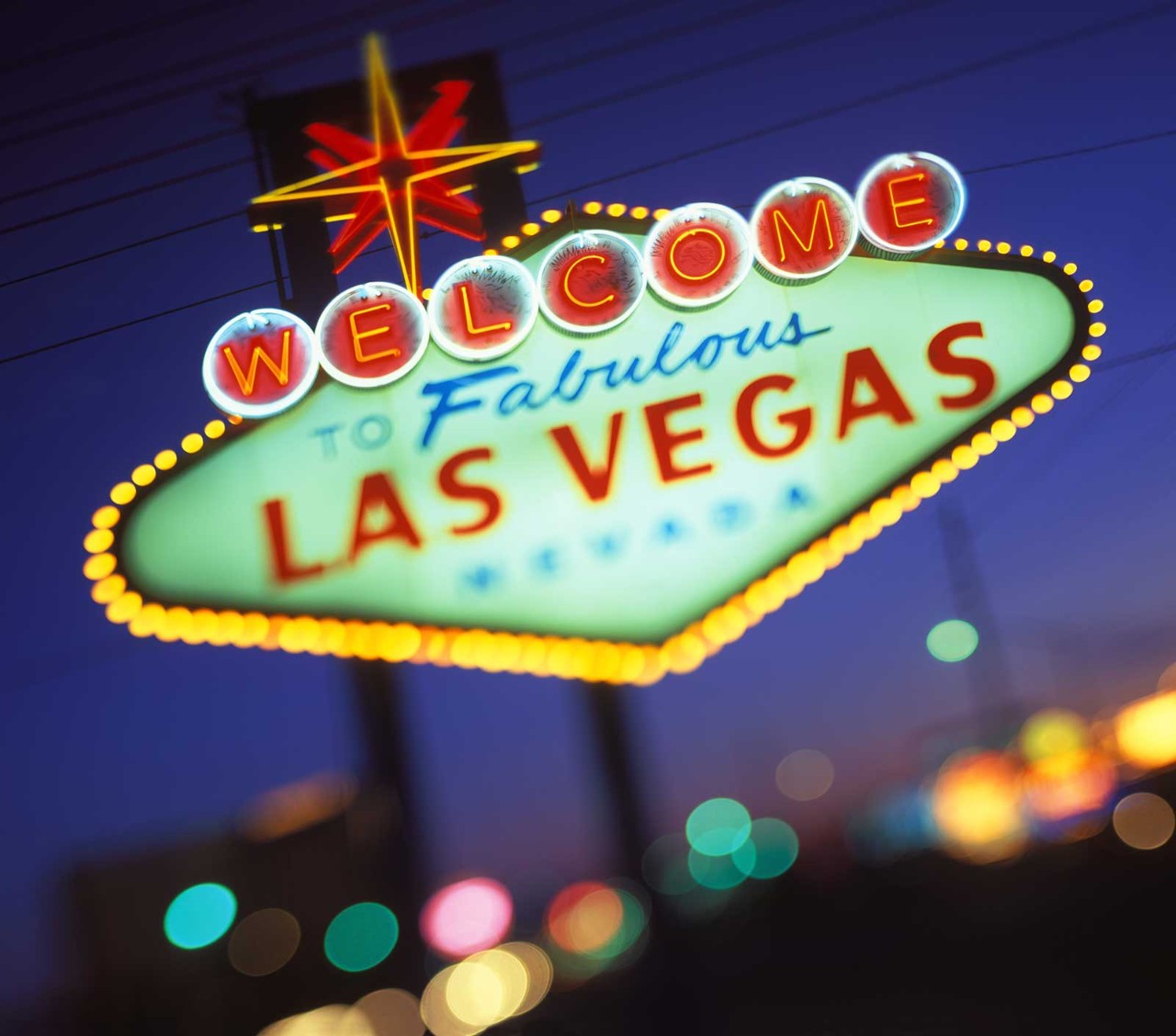
The 1978 film Superman, starring Christopher Reeve as the man in tights, is credited as the first successful big screen adaptation of a comic book or graphic model, but it has taken the best part of 35 years for superhero movies to really fly.
The road to the phenomenal success of the Marvel Cinematic Universe (MCU) is littered with promising offerings from rival DC Comics (notably Tim Burton’s Batman, starring Michael Keaton, in 1989) before 1997’s Batman & Robin, with its star George Clooney admitting that it had almost killed off the franchise; although the film broke even financially, it was voted one of the worst films ever made by the readers of Empire magazine.
Marvel’s 34 films so far have grossed more than US$30bn worldwide
Marvel Studios president Kevin Feige, though, credits the failure of Batman & Robin with creating the opportunity to approach superhero movies in a way that showed far greater respect to the comic books’ source material. The result was the most successful and dominant movie franchise ever seen.
Iron Man in 2008 kicked off the MCU, resurrecting the career of its star Robert Downey Jr (named by Forbes as the highest-paid movie actor in 2014 with income of US$75m) and delivering financial and critical success (box-office receipts of US$586m on a budget of US$140m).
Marvel’s 34 films so far (there are plans for at least 10 more, with six due for release by 2027) have grossed more than US$30bn worldwide and dominated cinema for more than a decade. They have spawned successful TV spin-offs and animated series and amusement park rides, and generate hundreds of millions in merchandise sales.
Today, Marvel Studios is estimated to be worth US$54bn and its president, and architect of the MCU, is said to be worth US$250m – not bad for a company that was fighting off bankruptcy less than 30 years ago. Eleven MCU films have grossed more than US$1bn at the box office (see panel).



